The 1966 Vauxhall XVR Concept was a concept car designed by the British automaker Vauxhall Motors. It was announced in May 1966 and was the first concept car designed by the company. The XVR was designed as a two-seater roadster and was intended to be a low-cost sports car. The car featured a mid-mounted 1.2-litre Vauxhall engine with a four-speed gearbox driving the rear wheels. It had a unique aerodynamic design with a low-slung profile and a sloping rear window. The XVR was also fitted with a unique grille and a wrap-around windscreen. The car was well received by the press and public, although it was never put into production.

Design
The Vauxhall XVR was designed by a team of engineers led by John Hollamby and was the first concept car designed by the company. The car had a unique aerodynamic design with a low-slung profile and a sloping rear window. The grille was designed to be both functional and aesthetically pleasing and the wrap-around windscreen was designed to provide the driver with good visibility. The car was fitted with a 1.2-litre Vauxhall engine and a four-speed gearbox which drove the rear wheels.
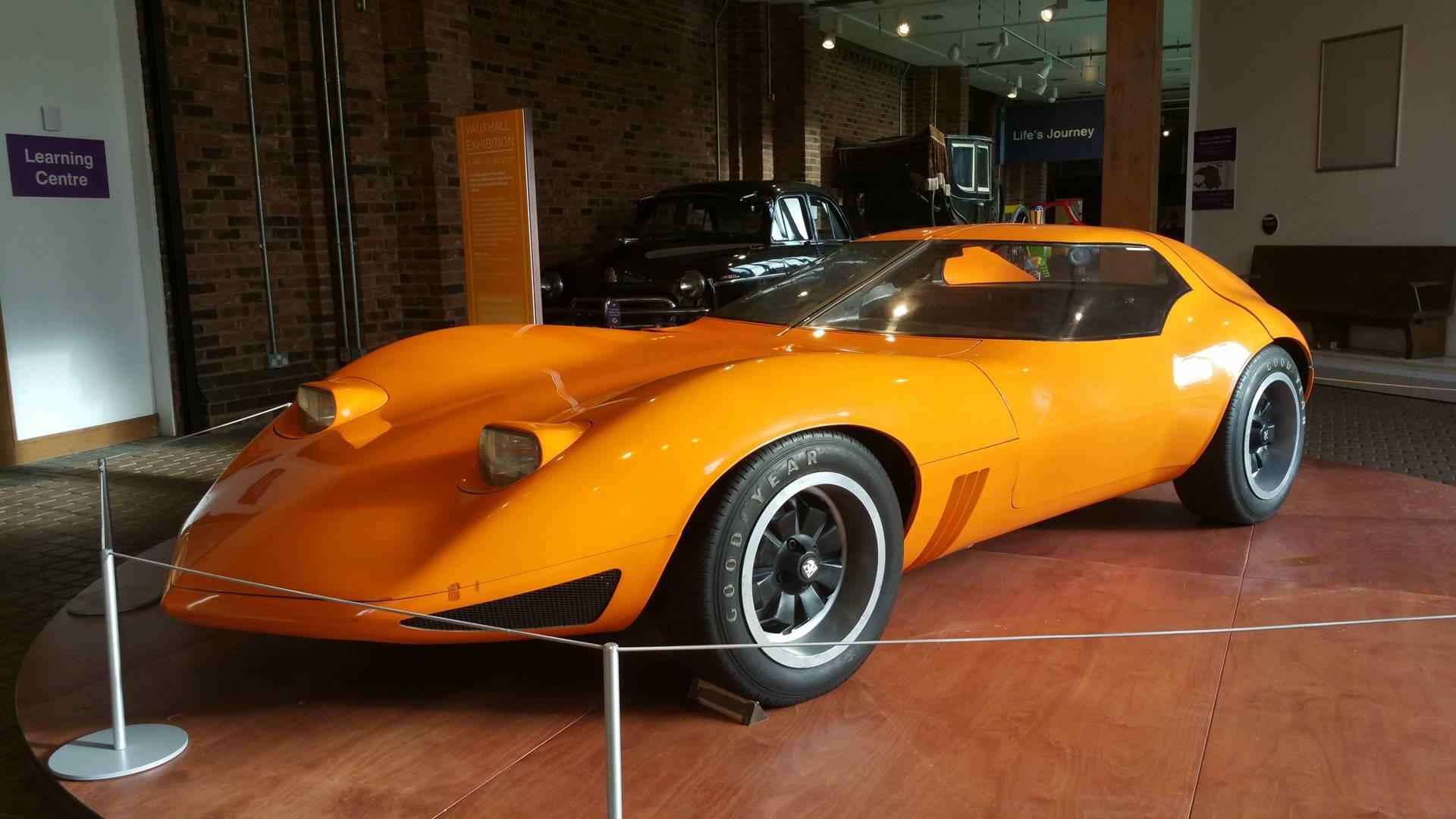
Interior
The interior of the XVR was designed to be both functional and comfortable. The car was fitted with two individual bucket seats and a centre console which housed the gear selector and other controls. The dashboard was designed to be simple and uncluttered and featured a suite of gauges and switches. The steering wheel was a three-spoke design with a wooden rim.
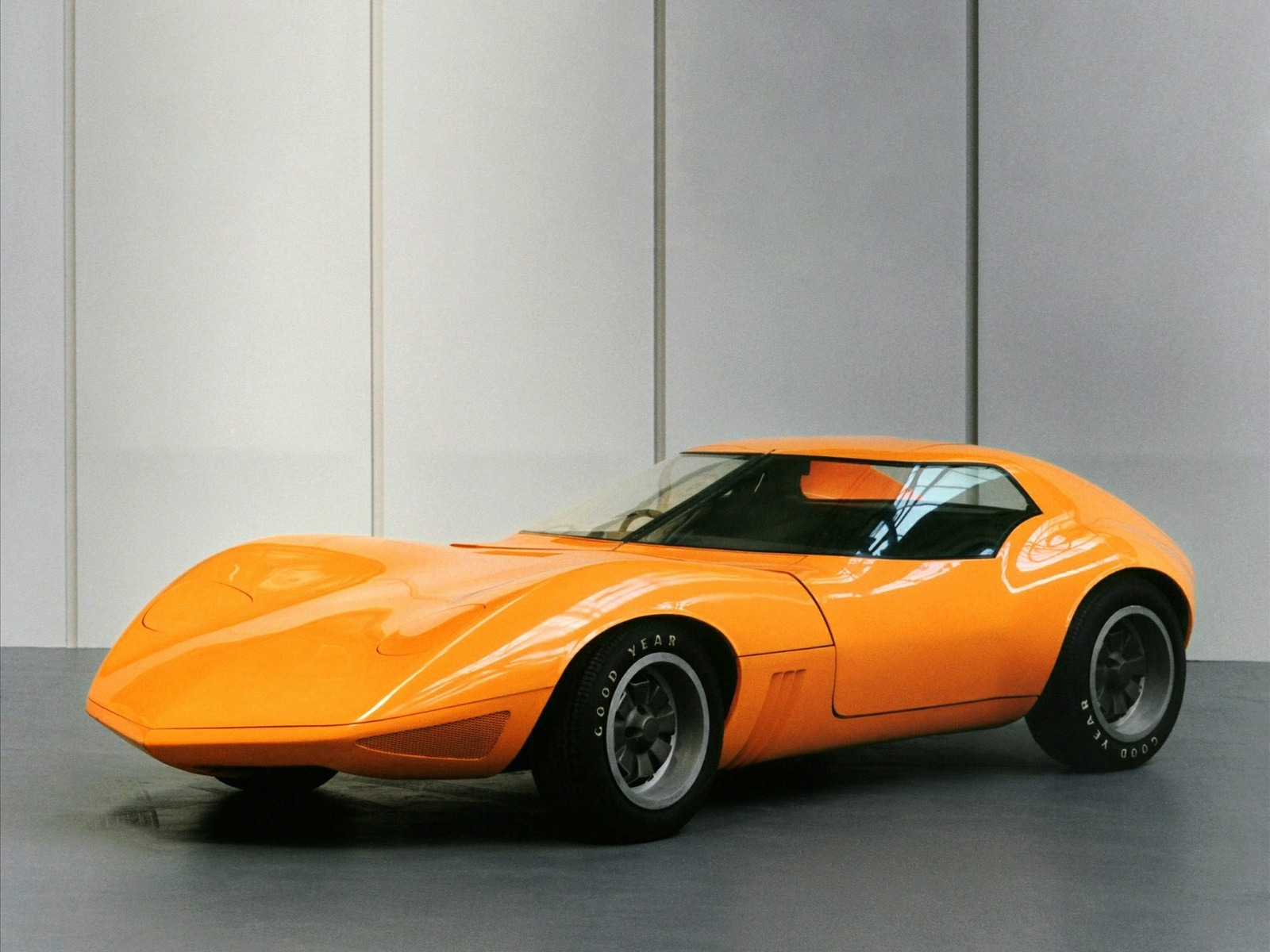
Performance
The XVR was designed to be a low-cost sports car and was powered by a 1.2-litre Vauxhall engine. The engine was capable of producing 50bhp at 5,000rpm and had a top speed of around 90mph. The car had a four-speed manual gearbox which drove the rear wheels. The car had a relatively light weight of just 830kg which allowed it to accelerate from 0-60mph in 12.3 seconds.
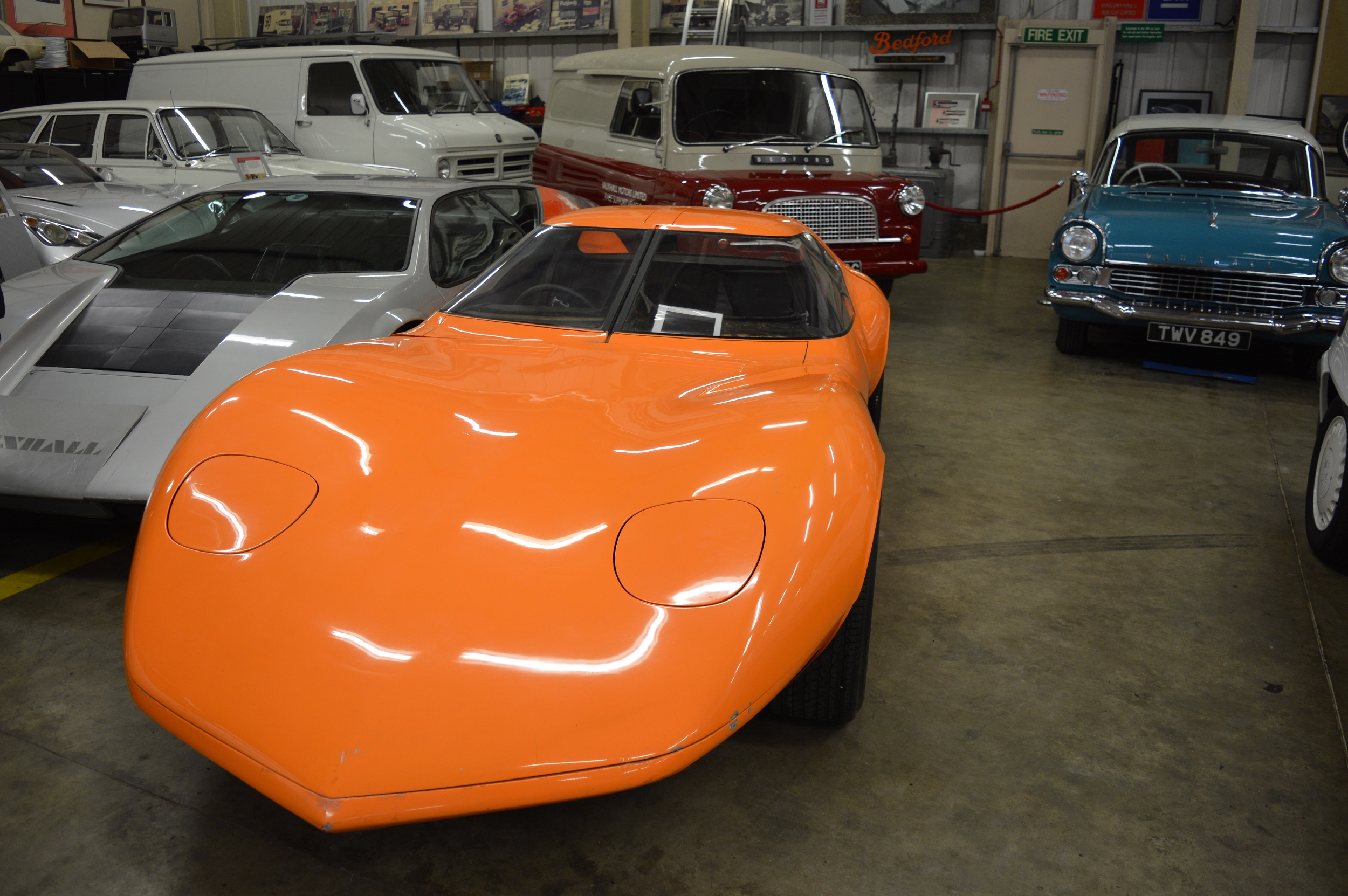
Reception
The XVR was well received by the press and public and was seen as an innovative and exciting design. The car was praised for its aerodynamic design, low-cost construction and performance. The car was also popular with collectors and has since become one of the most sought-after Vauxhall models.
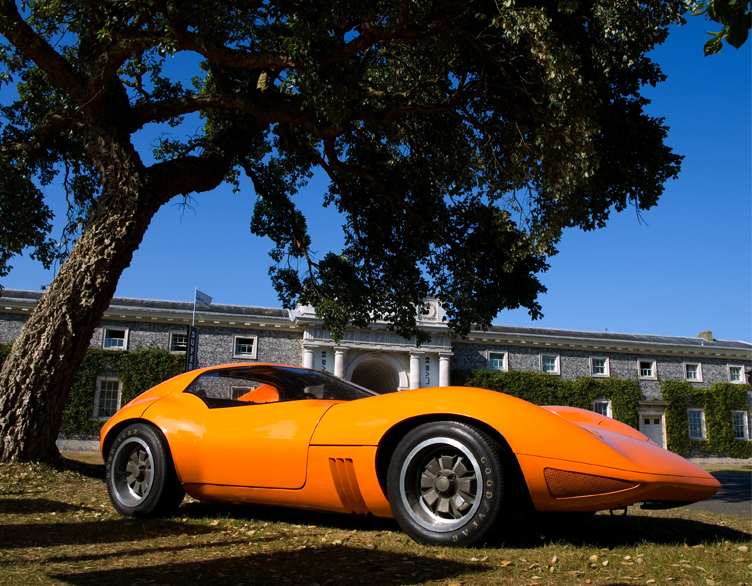
Legacy
The XVR was never put into production, but it had a lasting impact on the design of future Vauxhall models. The car was seen as a revolutionary design and has since been seen as an inspiration for other designers. The XVR also paved the way for other concept cars from Vauxhall, such as the Chevette and Firenza.
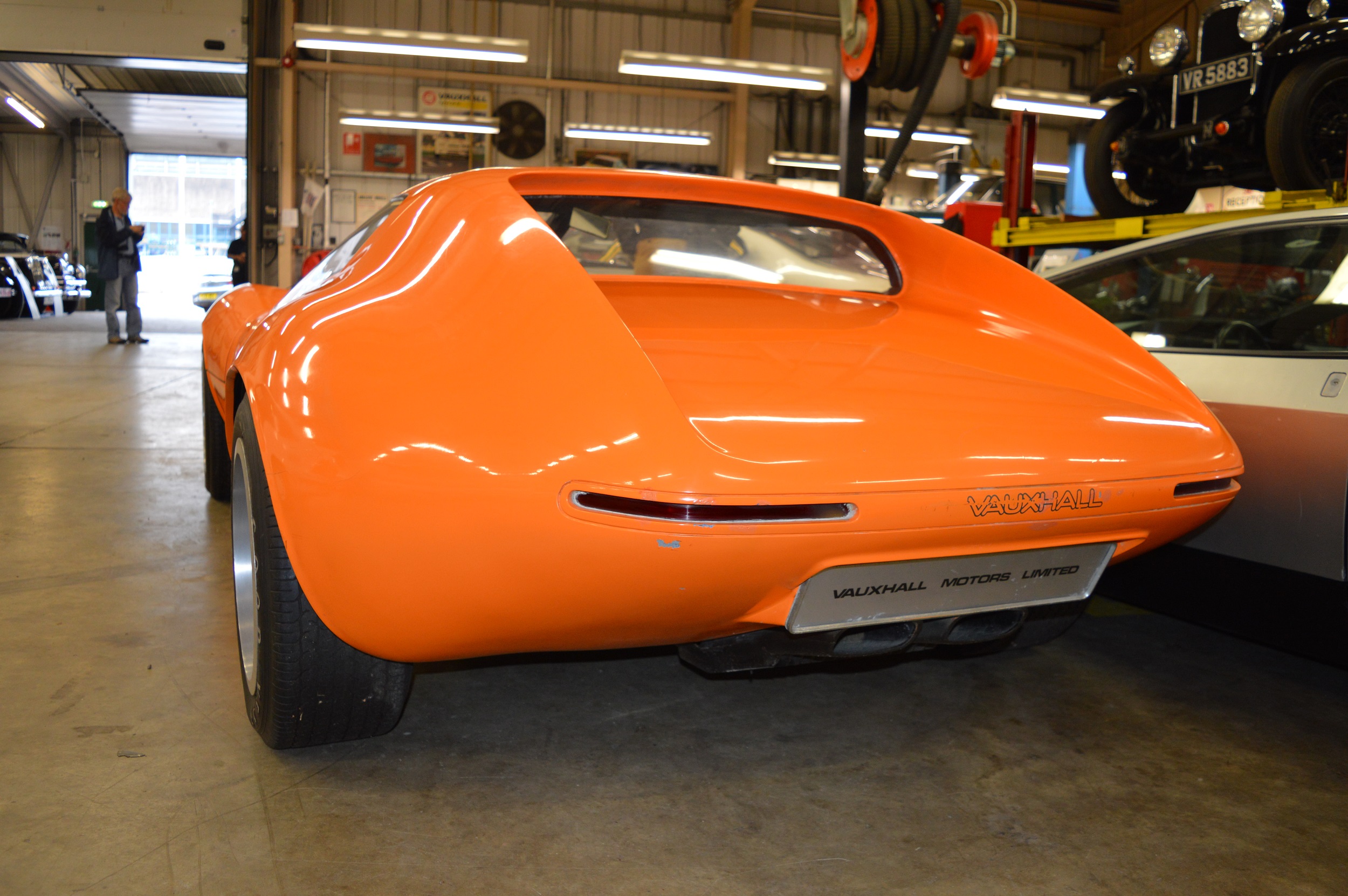
Gallery of ‘1966 Vauxhall XVR Concept’

The 1966 Vauxhall XVR Concept was a two-seater roadster powered by a 1.2-litre Vauxhall engine.

The XVR had a unique aerodynamic design with a low-slung profile and a wrap-around windscreen.
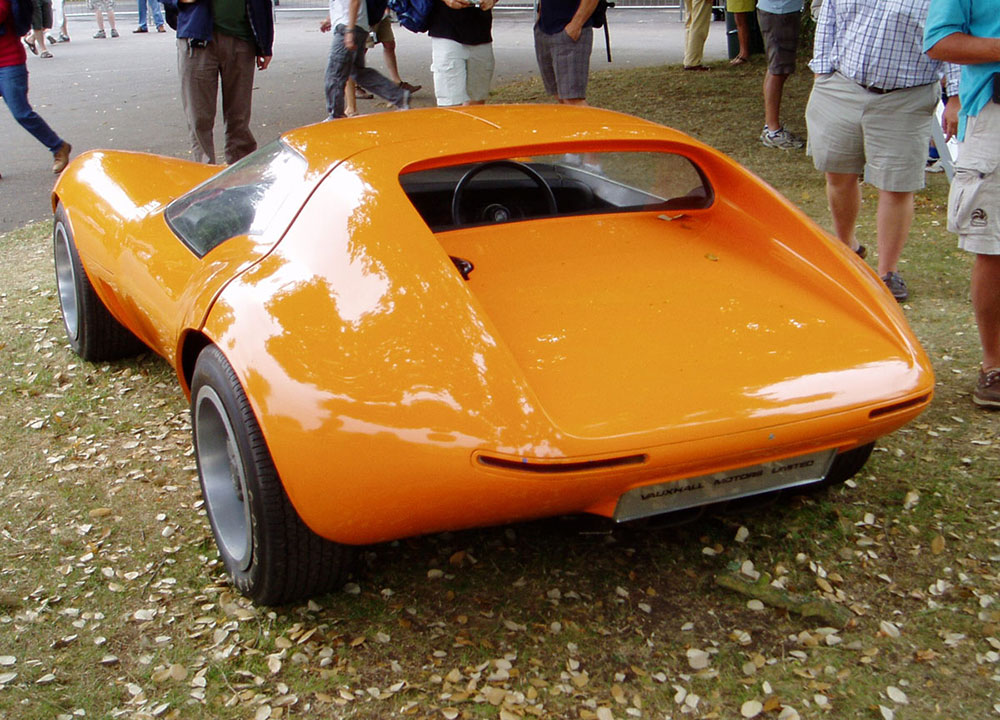
The interior was designed to be both functional and comfortable, with two individual bucket seats and a centre console.
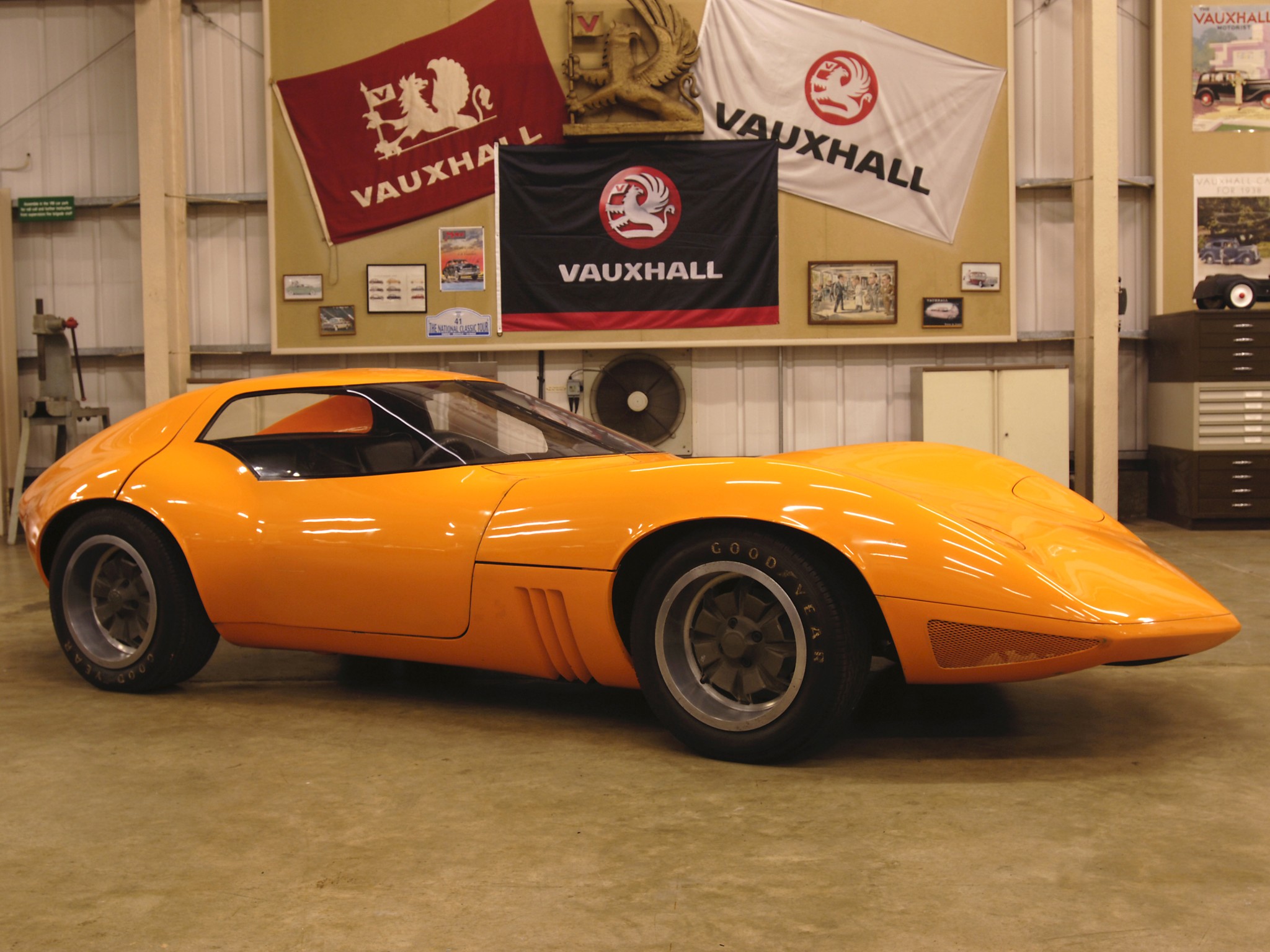
The XVR was powered by a 1.2-litre Vauxhall engine which was capable of producing 50bhp at 5,000rpm.

The car was praised for its aerodynamic design and low-cost construction and has become one of the most sought-after Vauxhall models.
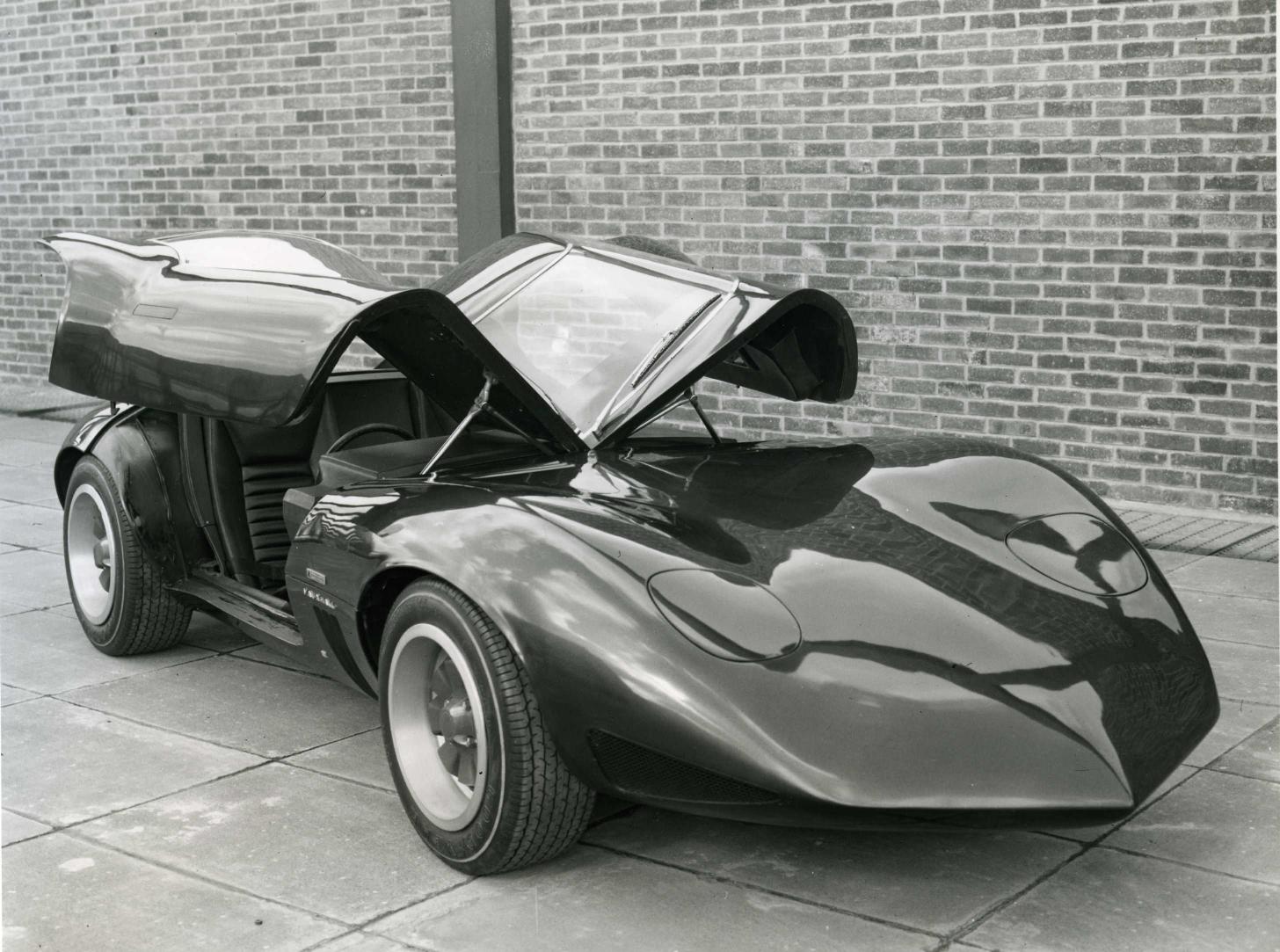
The XVR was also popular with collectors and has since become one of the most sought-after Vauxhall models.
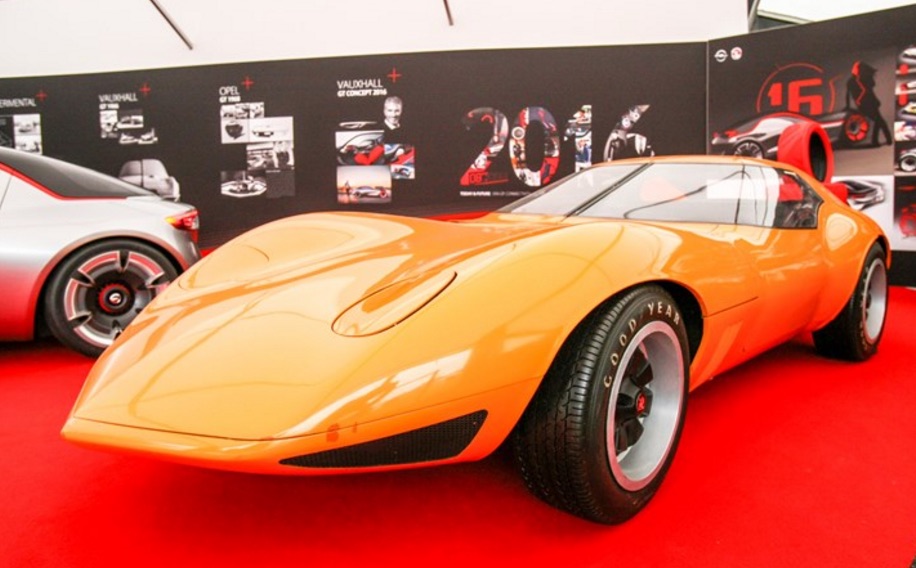
The XVR was seen as a revolutionary design and has since been seen as an inspiration for other designers.
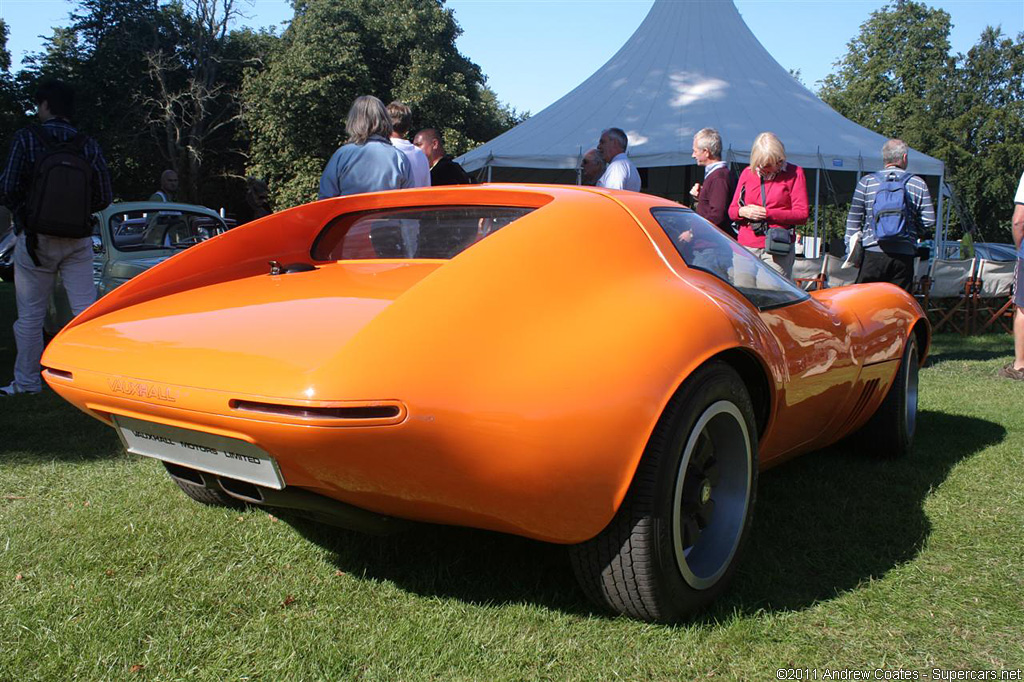
The XVR also paved the way for other concept cars from Vauxhall, such as the Chevette and Firenza.
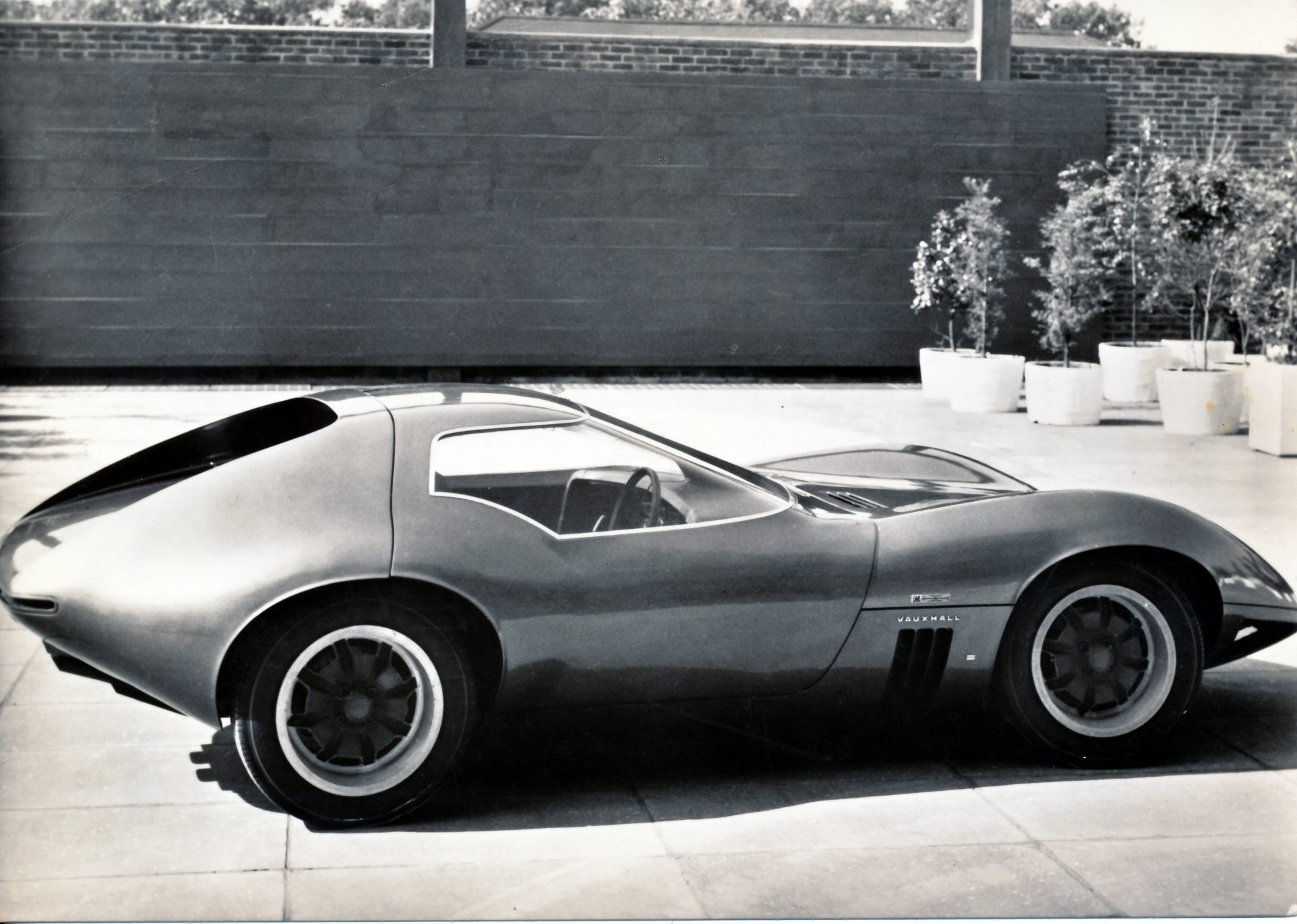
The XVR has since become a popular classic car and is often seen at classic car shows.
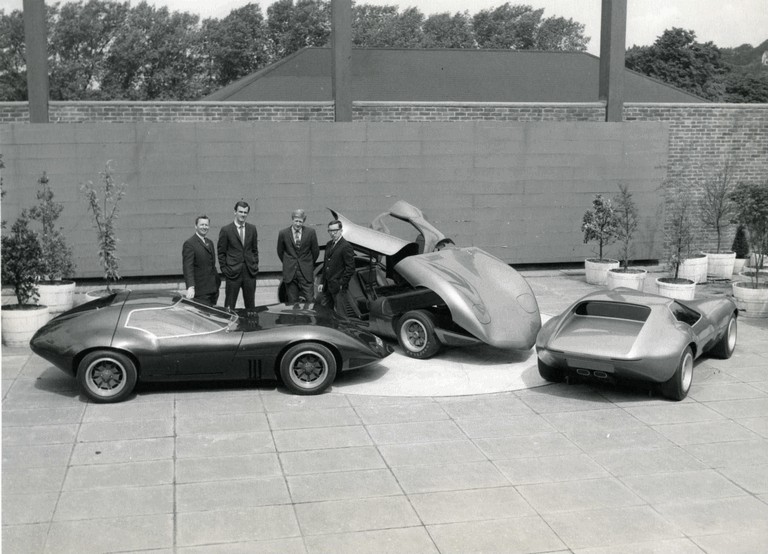
The XVR has become a symbol of Vauxhall’s innovative design and is seen as an important part of the company’s history.